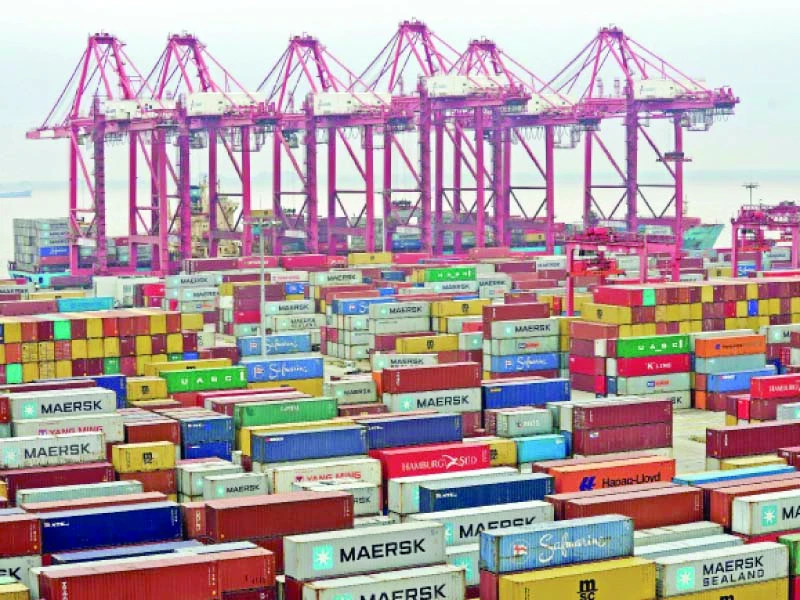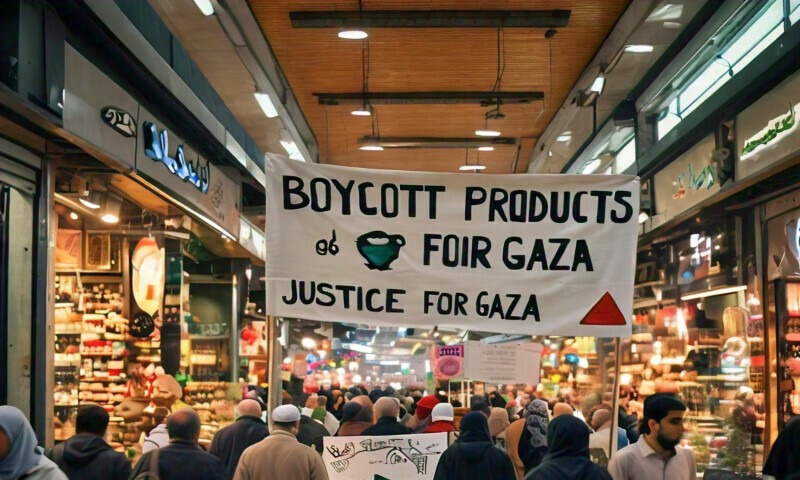Pakistan’s Trade Approach Needs Urgent Overhaul: Shift to Export-Led Growth Now
ISLAMABAD:
Pakistan stands at a crossroads in its trade policy. As the global economic landscape rapidly evolves, the country must critically reassess its decades-old strategy that emphasizes import substitution via tariff cascading — a method that has long outlived its usefulness.
The urgency of this shift becomes more apparent when we consider how former US President Donald Trump’s decision to impose sweeping 10% tariffs on all imports to America reverberated across global markets. What was once considered an arcane detail in economic planning has now taken center stage, turning tariffs into an emblem of national economic resilience.
International economists were quick to sound alarms, warning that these unilateral measures could hinder the US economy and spark a domino effect that pulls the rest of the world toward recession. The resulting disruption was the most severe the global trade ecosystem had seen since World War II. Commentator Fareed Zakaria starkly predicted that such high tariffs — and the inevitable exceptions that follow — would open the doors to widespread corruption.
In fact, these loopholes are already being exploited by influential corporations with privileged access to the White House. High-tech industries importing components like smartphones, auto parts, and semiconductors are being quietly granted exemptions, while everyday consumers—especially low-income Americans—are bearing the brunt through higher costs for basic goods.
Though a temporary suspension of tariffs (excluding China) has been announced, none of the affected countries have been officially exempted. Some nations, like Israel and Vietnam, have even pledged to eliminate all duties on US imports through Free Trade Agreements (FTAs), showing a stark contrast to the restrictive approach in Pakistan.
Here at home, the US has raised concerns about various non-tariff barriers in place, pointing to issues like arbitrary exemptions through Statutory Regulatory Orders (SROs), bans on items such as US beef and wheat, and failure to align with international customs valuation norms.
This is a wake-up call for Pakistan. Our export landscape remains alarmingly narrow, heavily reliant on just two regions: the European Union and the United States. Despite the growth of major trade blocs in the Asia-Pacific, such as RCEP (Regional Comprehensive Economic Partnership), Pakistan has made no meaningful inroads into these rapidly expanding markets.
Adding to this challenge is our limited export variety. Engineering goods dominate global trade with over 50% market share, yet they comprise less than 5% of our exports. A key barrier is our outdated policy structure that continues to regulate these industries through rigid input-output coefficient mechanisms — economic planning tools from a bygone era.
Another deeply ingrained but problematic tenet of our trade doctrine is the focus on import substitution over export expansion. Our tariff cascading system—where duties progressively increase with each stage of processing—has made Pakistan the second-most protectionist economy after Egypt, according to recent studies.
This setup has created a domestic-centric manufacturing model. Industries like automobile and mobile phone assembly benefit from low import duties on raw materials and kits, while enjoying lucrative profits from selling in a highly protected local market. However, they lack any drive to tap into global markets due to the absence of export incentives. As a result, Pakistan continues to import more without earning through exports to cover the bill.
As philosopher Bertrand Russell once said, “It’s healthy to put a question mark on things you’ve long taken for granted.” Pakistan must do just that. It’s time to question the blind trust in import substitution and embrace an outward-looking economic model. Many countries made this pivot years ago — and thrived.
Today’s rapidly changing global trade dynamics, underscored by disruptive measures like the Trump-era tariffs, should be a call to action for Pakistan. We must move swiftly toward an export-led growth model, diversify both our product base and target markets, and modernize our trade policies to reflect 21st-century realities.
Failing to evolve could cost the nation dearly. But taking bold, pragmatic steps could energize Pakistan’s economy, open new trade frontiers, and steer us away from the dead-end alley of outdated policies.
FAQs for Pakistani Readers
1. What is import substitution and why is it outdated for Pakistan?
Import substitution is an economic policy where countries try to reduce foreign dependency by producing goods locally. In Pakistan’s case, it has led to poor-quality production and discouraged exports, especially in sectors like automobiles and electronics.
2. What is tariff cascading and how does it affect Pakistani industries?
Tariff cascading refers to increasing duties at each stage of production. While it protects local industries, it discourages innovation and international competitiveness, making it more profitable to sell domestically than to export.
3. Why is export-led growth being recommended for Pakistan?
Export-led growth encourages production aimed at global markets, bringing in foreign exchange, creating jobs, and fostering industrial upgrades. It’s a proven model used by many fast-growing economies like Vietnam, South Korea, and China.
4. Which markets should Pakistan focus on for expanding its exports?
Besides the US and EU, Pakistan should actively engage with Asia-Pacific markets, especially RCEP member countries, which offer significant trade opportunities and faster economic growth.
5. What role does diversification play in trade policy reform?
Diversifying exports—in terms of both products and destinations—reduces dependence on a few sectors or regions, makes the economy more resilient, and opens up new revenue streams.



